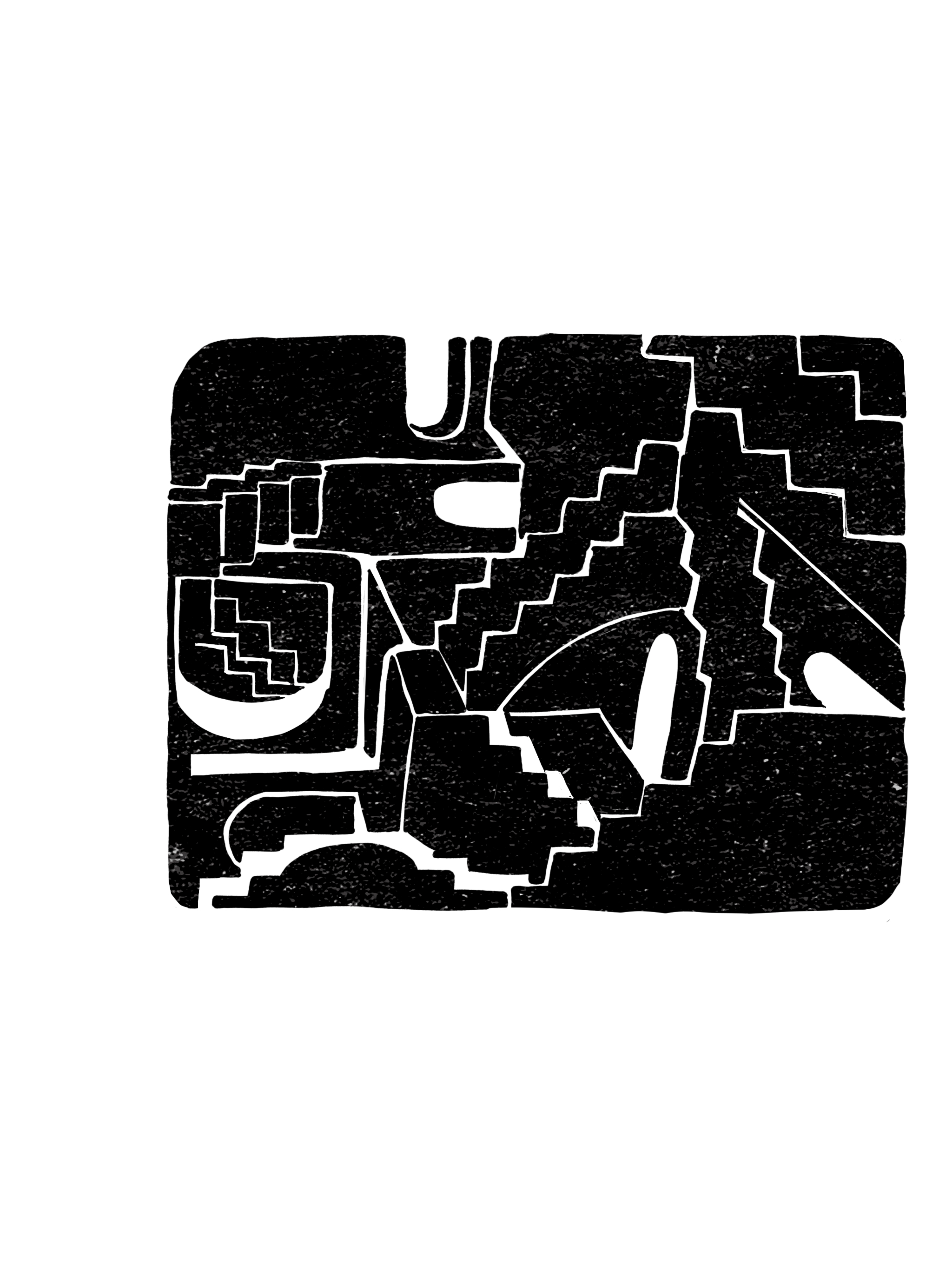Imagine a world where a single movie wields the power to reshape reality, or at least the availability of a particular paint color. This curious phenomenon unfolded behind the scenes of the Barbie movie, as the set designers embraced a shade of fluorescent pink paint with such enthusiasm that they triggered a global shortage.
This example underscores how the architectural stage in Barbie is not just a backdrop but a crucial element in the world of filmmaking. While cinema encompasses a multitude of elements to weave its narratives, architecture serves as a vital part of drawing the audience into the story.
In this article, we delve into five distinct films: Barbie, Inception, Doctor Strange, The Grand Budapest Hotel, and Parasite, to explore how they employ architecture to their advantage.
Barbie: The power of scale
In Greta Gerwig’s 2023 film Barbie, the doll dream houses draw inspiration from mid-century modern architecture and the layout of Palm Springs’ suburban cul-de-sacs. This choice blends with the film’s whimsical aesthetic, offering open flow between rooms without walls, characteristic of the toy houses that inspired the production team. The absence of doors and windows within the dreamhouses and the blending of 2D and 3D elements create an aesthetic that mirrors the toy world.
Here, the scale takes on a pivotal role, as the dream houses are adjusted to 23 percent smaller than human size. The unconventional choice to shrink the scale is integral to creating the essence of plasticity.
Furthermore, architecture’s significance in captivating audiences is exemplified by Weird Barbie’s hilltop residence. Influenced by Alfred Hitchcock’s Psycho, the design intentionally omits right angles, creating a squashed appearance that adds to the overall quirkiness of the setting. Thus, architecture becomes a means of inviting the audience into a whimsical universe.
Inception: architectural dreamscapes
Christopher Nolan’s Inception transcends traditional architecture, venturing into the realm of architectural dreams. These dreamscapes manifest impossible forms and spatial configurations, adding an element of surrealism to the architectural setting.
Moreover, architectural elements like shifting landscapes and paradoxical structures act as catalysts for the plot, cultivating an atmosphere of awe. For example, the sequence in the M.C. Escher-inspired Penrose Stairs is iconic, where characters navigate an impossible, never-ending staircase. Another example is the folding cityscape in the climactic dream sequence, with buildings collapsing and streets bending, creating tension and excitement. These architectural elements are central to the plot, creating memorable and visually striking scenes.
Doctor Strange: mystical Nepali architecture
Scott Derrickson’s Doctor Strange transports viewers to a mystical realm deeply rooted in Nepali architectural traditions. In “Kamar-Taj,” the film showcases tiered temples, dome-style stupas, courtyards, and wooden columns creating an authentic and immersive experience.
This architectural style sets the tone for the mystical training that Strange undergoes. It contrasts sharply with the Western urban environments where the story begins, emphasizing the contrast between the rational world of Dr. Stephen Strange and the mystical realm he enters.
Hence, drawing inspiration from Nepali architecture and culture allowed the filmmakers to create a believable and culturally rich environment. This authenticity added depth to the film’s world-building.
The Grand Budapest Hotel: aesthetic excellence
Wes Anderson’s The Grand Budapest Hotel is a visual delight, where architecture takes center stage. The symmetrical framing and the use of pastel colors are especially evident in shots of the hotel’s interior, which often serve as the backdrop for key character interactions. A notable example is the elaborate chase sequence involving the hotel’s labyrinth corridors and colourful rooms, underscoring the film’s playful and eccentric style.
The exterior of the hotel is Art Nouveau, with its ornate and decorative elements, and is often associated with the late 19th and early 20th centuries. By incorporating this style, the film immediately establishes a sense of the time and place in which the story is set thereby transporting the audience to the historical and nostalgic world. The architecture reinforces the themes of the movie by serving as a visual reminder of the hotel’s former glory, which has faded with time, becoming a symbol of the changing eras and the impermanence of luxury and opulence.
Parasite: architectural class divide
In Bong Joon-ho’s Parasite, architecture becomes a symbol of class division. The dichotomy between the Kims’ lower-class living conditions and the Parks’ opulent mansion is central to the film’s narrative and social commentary, highlighting the dramatic inequalities between the two families and the broader issues of class division in society.
Architectural elements such as the use of natural light accentuate this divide. The luxurious modern mansion, drenched in natural light, stands in stark contrast to the subterranean dwelling’s dim, artificial lighting. This architectural choice amplifies the tension and unease surrounding classism, accentuating the narrative’s core themes.
All in all, each film demonstrates the profound influence of architecture on storytelling, enriching the narrative, setting the mood, and deepening the audience’s connection to the characters and their worlds. In the realm of cinema, architecture thus becomes a powerful storyteller, enhancing the cinematic experience.
This article was written in collaboration with Sophiya Adhikari who is an innovative architect from Kathmandu, Nepal.





